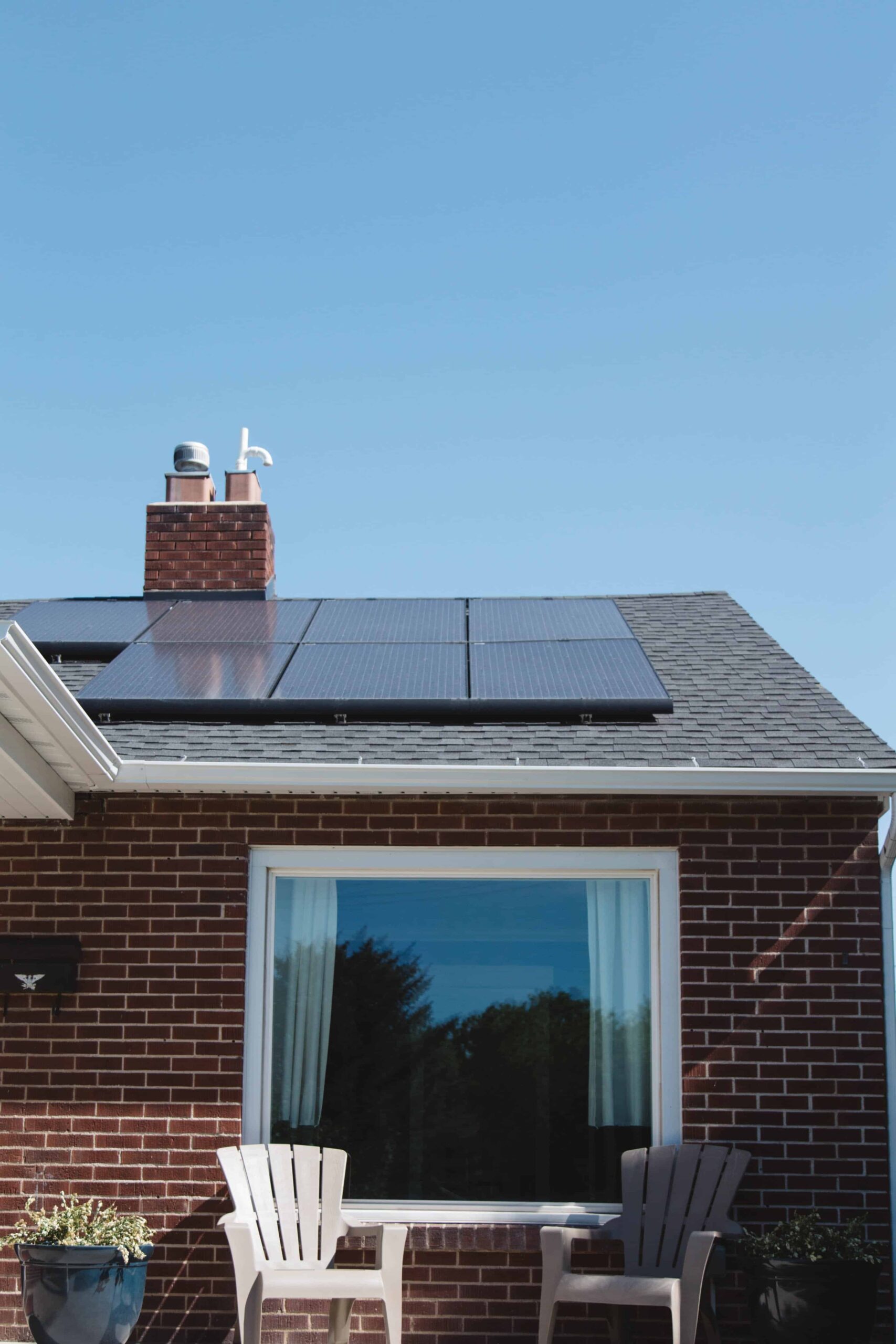Solar panels operate on the technology of converting light into electric currents for use in homes and buildings. While solar panels can provide substantial long-term savings on your electricity bills, taking the first step and navigating the science of adding solar panels to your home can be challenging. Here are a few steps to get you started on making this environmentally friendly and sustainable change in your daily life.
- A Consultant To Direct You
Unless you have relevant work experience, it is usually not a good idea to install solar panels in your home yourself. Many considerations arise in such a project such as selecting and mounting the components, determining how many units of electricity you need and how to tie in your solar electricity generation with regular grid electricity, and how to incorporate all the relevant safety switches and connections. A consultant especially someone you trust or have hired before can point you in the right direction and in some cases even secure you a discount!
A consultant will refer back to your electricity usage over the last 12 months, he/she will determine how much space you even have for panels and they will also look into weather forecasts and seasonal factors. Even checking the structural integrity of the roof is likely to be on the list because many types of solar panels can be very heavy and you need a roof that can easily sustain their weight.
- Work With The Roof You Have
Your roof is going to be the base or the canvas on which you will install your solar panels so you need to ascertain the condition that it is in. Bear in mind that most regular roofs such as those made with asphalt shingles last about 20 years while panels can last for 25 years if maintained properly. Given that your solar panels will easily last more than your roof itself, you should carry out repairs and replacements as you see fit so that your panels have a good solid footing. Always take into account the weather and the seasonal factors such as snow, hail, and ice and how damaging they can be to your panels and your roof.
It is also worthwhile to consider factors like shade from trees nearby or whether or not your roof is sloping as they all contribute to how much solar energy is produced. Before installation, you also need to decide whether you want an off-grid system or a grid tie. Off grid systems have no support from a traditional electrical connection and use batteries to balance periods of production and usage. As off the grid, sustainable living is now very popular, more and more people are gravitating toward off grid systems.
- Calculate Your Requirements
Calculating the number of solar panels you need is of course dependent on the available space, budget as well as electrical requirements. Unless you live in an exceptionally sunny area, most people find they need to make serious cuts and implement downsizing in order to fulfill all of their electrical needs from solar paneling alone. In many countries in order to encourage the consumption of renewable raw materials and sustainable fuels, there are subsidies available for solar power that can provide some budgetary relief if you are looking to invest. When you are crafting an overall budget always take into account more long-term cost savings which will occur as a result of using traditional grid electricity less. You’d be surprised to see how many other aspects of your life can be converted to solar alternatives! Some estimates point towards as much as 60 to 80% savings on your power bill.
- Types & Warranty
Solar panels are now available in different types but the two most commonly preferred by homeowners are thermal and photovoltaic. The latter creates energy by converting the sun’s rays into electricity by using a network of cells. The former works by heating up either air or water and then converting the energy into electricity. The efficiency of the solar panels can also be deduced by whether they are monocrystalline or polycrystalline.
When investing in a solar panel type of your choice, inquire about the period of warranty that the manufacturer is granting you. In the case of accidental damage or destruction such as through heavy snow, find out whether your insurance provider will cover your investment. All panels are not manufactured alike so market research is imperative before a costly purchase such as this to determine the best quality available where you live.

